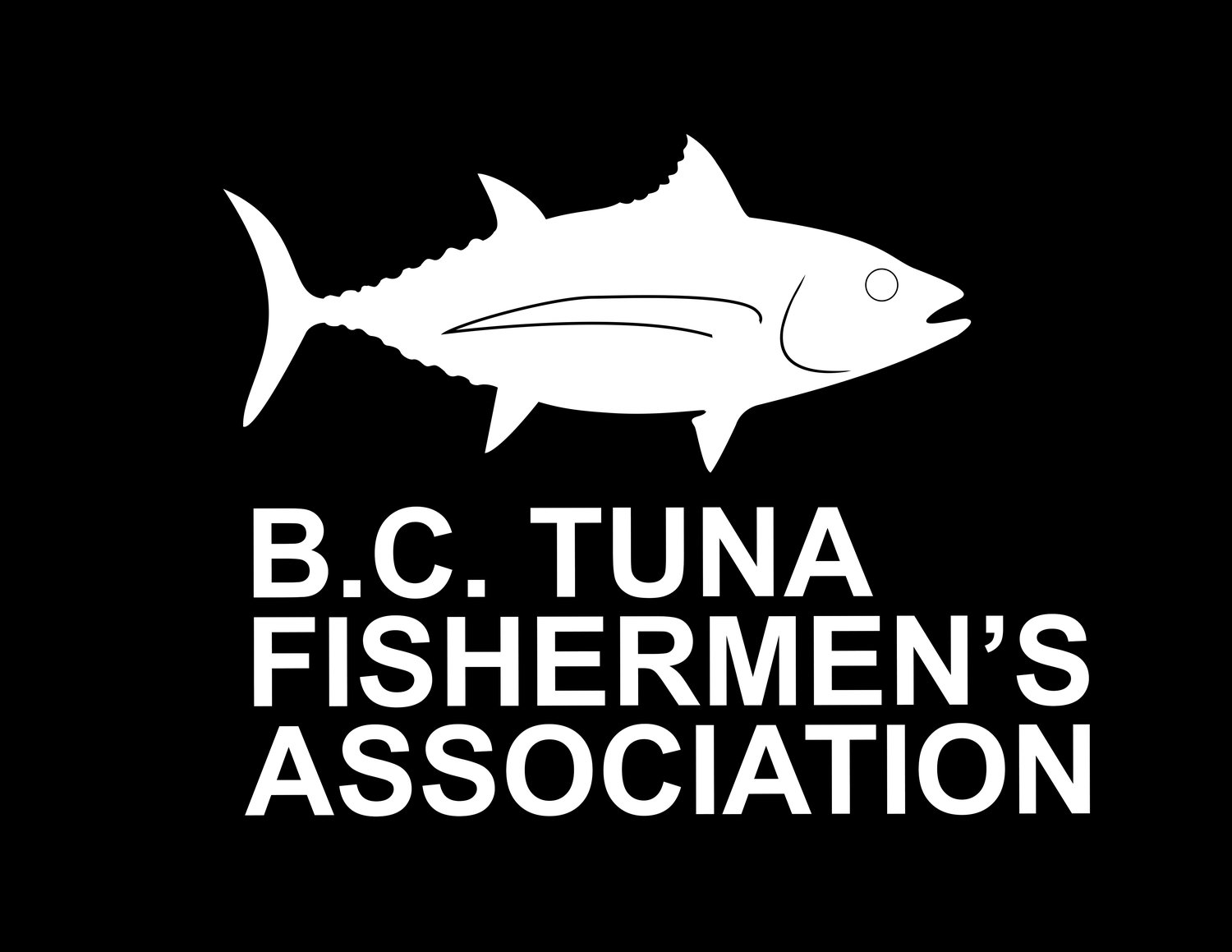NOAA NORTHEAST FISHERIES SCIENCE CENTER
The smallest plants and creatures in the ocean power an entire food web, including the fish that much of the world's population depend on for food, work and cultural identity.
In a paper published in Science Advances, NOAA Fisheries researcher Jason Link and colleague Reg Watson from the University of Tasmania's Institute for Marine and Antarctic Studies suggest that scientists and resource managers need to focus on whole ecosystems rather than soley on individual populations. Population-by-population fishery management is more common around the world, but a new approach could help avoid damaging overfishing and the insecurity that brings to fishing economies.
"In simple terms, to successfully manage fisheries in an ecosystem, the rate of removal for all fishes combined must be equal to or less than the rate of renewal for all those fish," said Link, the senior scientist for ecosystem management at NOAA Fisheries and a former fisheries scientist at the Northeast Fisheries Science Center in Woods Hole, Massachusetts.
The authors suggest using large-scale ecosystem indices as a way to determine when ecosystem overfishing is occurring. They propose three indices, each based on widely available catch and satellite data, to link fisheries landings to primary production and energy transfer up the marine food chain. Specific threshholds developed for each index make it possible, they say, to determine if ecosystem overfishing is occurring. By their definition, ecosystem overfishing occurs when the total catch of all fish is declining, the total catch rate or fishing effort required to get that catch is also declining, and the total landings relative to the production in that ecosystem exceed suitable limits.
"Detecting overfishing at an ecosystem level will help to avoid many of the impacts we have seen when managing fished species on a population-by-population basis, and holds promise for detecting major shifts in ecosystem and fisheries productivity much more quickly," said Link.
As an example, in the North Sea, declines in these indices suggested that total declines in fish catch indicative of ecosystem overfishing was occurring about 5-10 years earlier than what was pieced together by looking at sequential collapses in individual populations of cods, herrings and other species. Undue loss of value and shifting the catches in that ecosystem to one dominated by smaller fishes and invertebrates could have been avoided, the authors say.”
To continue to read the full article follow the link:
https://eurekalert.org/pub_releases/2019-06/nnfs-nic062519.php
